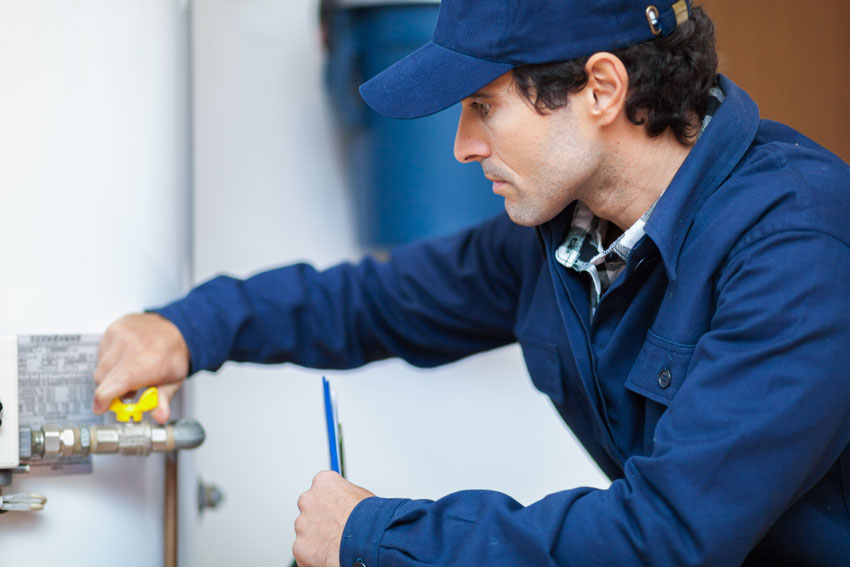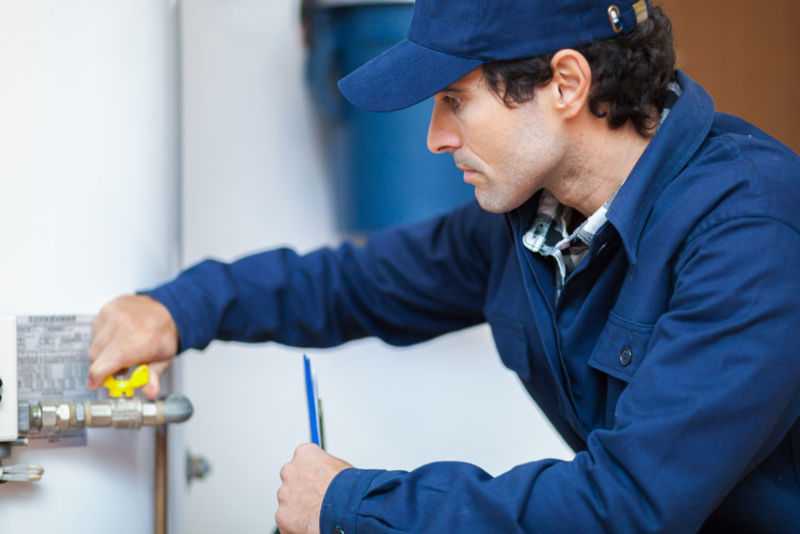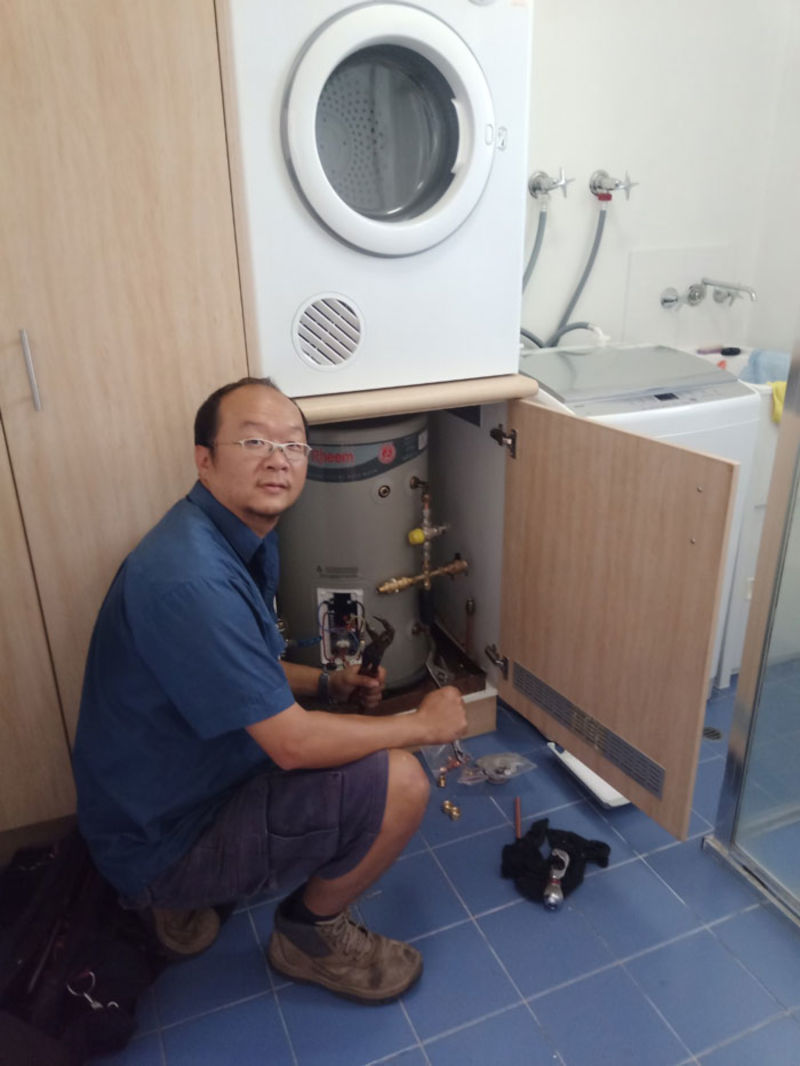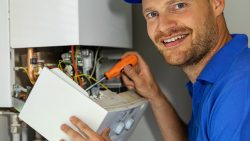
A Guide to Safe Trays in a Hot Water System
Installation, Benefits, & Maintenance

Water leaks are often not given much thought around the house. However, in Australia, they have quickly become the leading cause of damage and the most claimed issue for insurance companies. A recent report by Chubb outlines that 34% of all insurance claims in Australia are related to water leaks. A correctly installed safe tray is one area of your plumbing system that can help reduce this risk.
WHAT IS A SAFE TRAY, AND WHERE ARE THEY USED
Safe trays are installed anywhere there is potential for water leaks to occur and cause damage. They are manufactured from various materials and come in a range of standard sizes, up to fully customised and purpose-built trays.
These trays are most commonly used under hot water units to prevent flooding should a hot water system burst or leak inside a house. However, they are also installed in situations where stormwater may seep between joins in underground car parks, under air conditioning units and indoor rainwater storage tanks.
The construction of a safe tray can be of multiple materials, depending on the application. Most commonly, they will be made from plastic, zinc-coated steel, galvanised steel or copper and are available in standard sizing off the shelf. For hot water systems, any of these materials will suit; however, some essential factors should always be considered. Metal trays are fantastic if alterations are required, while copper trays make it possible to weld a drain line off them, eliminating the possibility of this leaking in the future. Plastic trays, whilst they cannot be altered from their manufactured form, offer an affordable solution to meeting the requirements for a safe tray under your hot water unit.
Are your Safe trays missing or filled with water?
Please call us now, and we’ll be there as a matter of urgency.
Call: (07) 3878 4444
We’ve got a brilliant team on the ground right now who’ll give you real, honest advice and a great price. And all our work is 100% guaranteed.
WHEN IS A SAFE TRAY USED
Currently, the regulations surrounding hot water systems state that a safe tray is required when a hot water storage tank is installed inside a property or if the potential for property to be damaged by a hot water unit leaks exists. To further minimise the risk of damages, the tray needs to either have a drain line with a minimum diameter of 50mm or a flood stop valve.
A drain line will discharge any water collected to a safe location. At the same time, a flood stop valve, such as a Mildred valve or Thompson leak detection valve is installed on the inlet to the water heater which will shut the supply off in the event of a leak. These battery-operated valves will detect any water that may begin to pool in the tray. Once this happens, the valve shuts the water supply off, preventing further damage or leaks. Like a household smoke alarm, these valves will sound repetitive, beeping to notify you of an issue. They’ll also beep when the batteries are going flat.
As well as hot water systems, safe trays should often be installed where other home appliances or devices may leak and cause damage. For example, air conditioning units and refrigerators often have an internal drip tray to catch condensation.

WHAT SHOULD I LOOK OUT FOR
Water accumulating in a safe tray is usually a sign of something sinister. In the case of water heaters, it means a leak is occurring, and it may be time to call a licensed plumber.
Keeping your safe tray and flood stop valve in good working order is crucial to them doing the job of protecting your property against damage. Metal trays will have the corners sealed with silicone, and ensuring these seals are intact is a good place to start. Drain lines off trays must be kept clear and unobstructed to allow water to drain away and not overflow the tray. If you have a flood stop valve fitted, check the batteries aren’t flat and replace them if necessary. Some models have a test button. Press this every few months to activate the valve and check its operation. If you have any concerns or think your tray/flood stop valve may need replacement. Call our team of hot water service and installation specialists to assist.
Yours in keeping the good life flowing!
The Conrad Martens Team
For the best price, service and advice!




